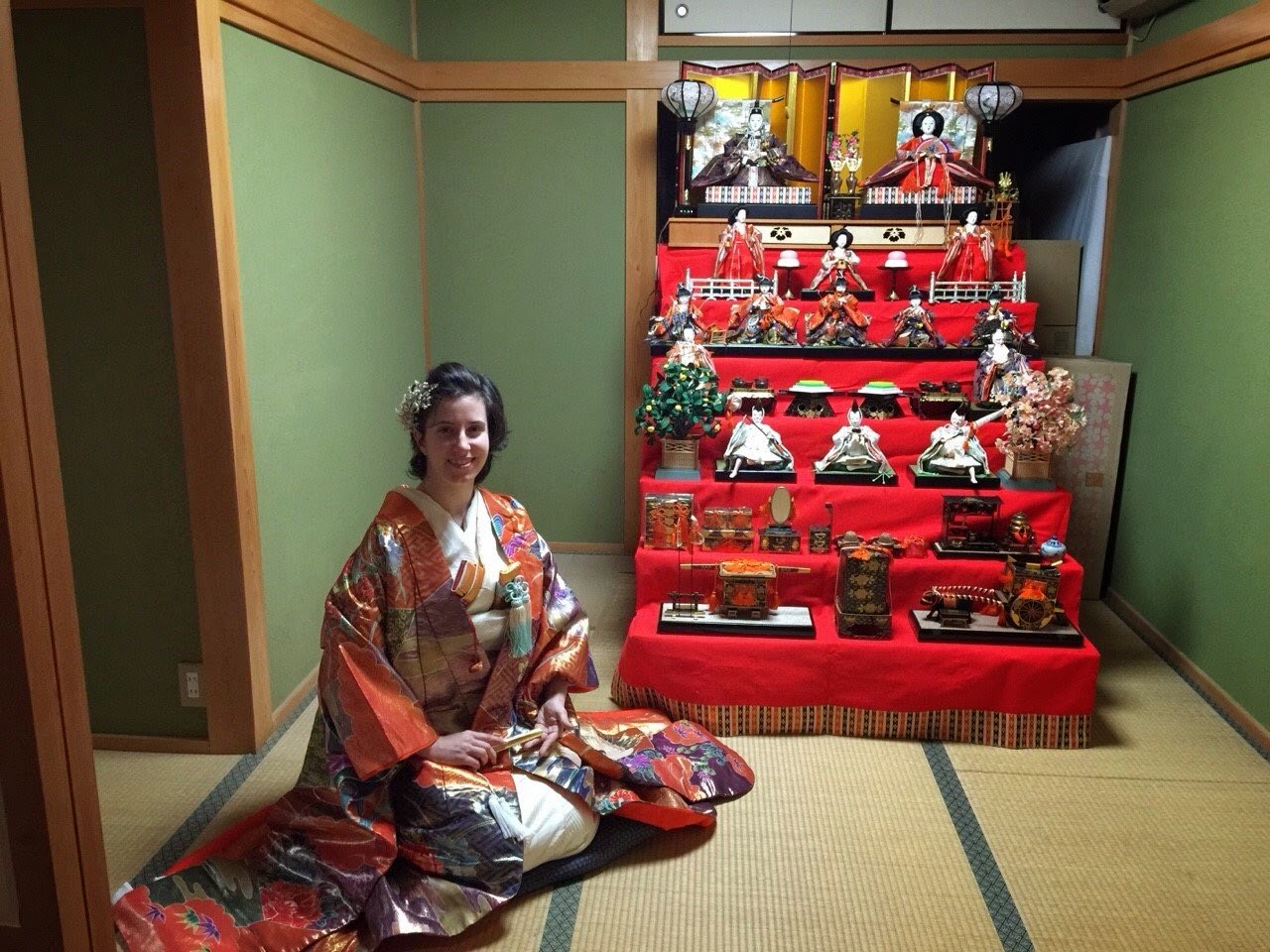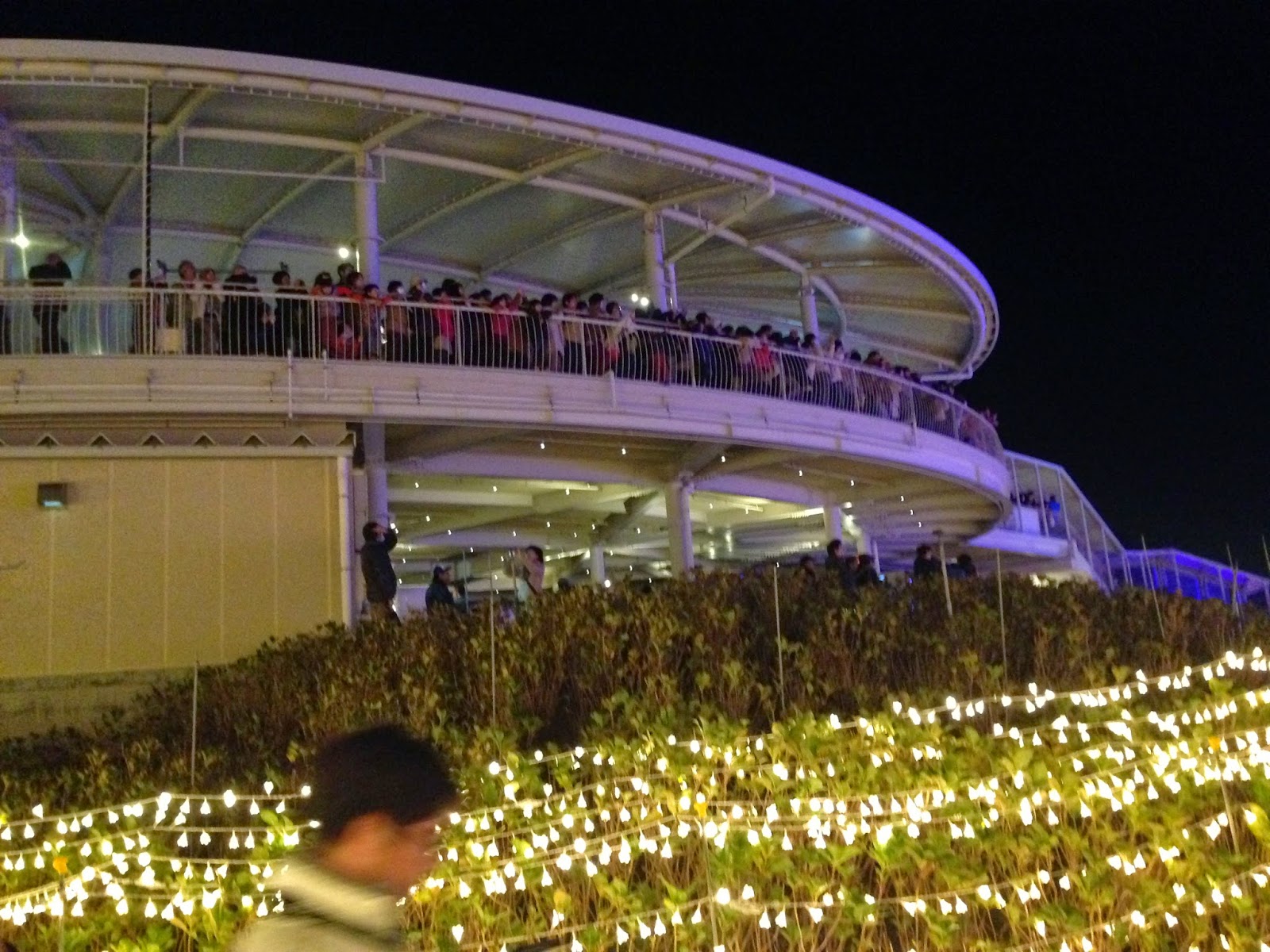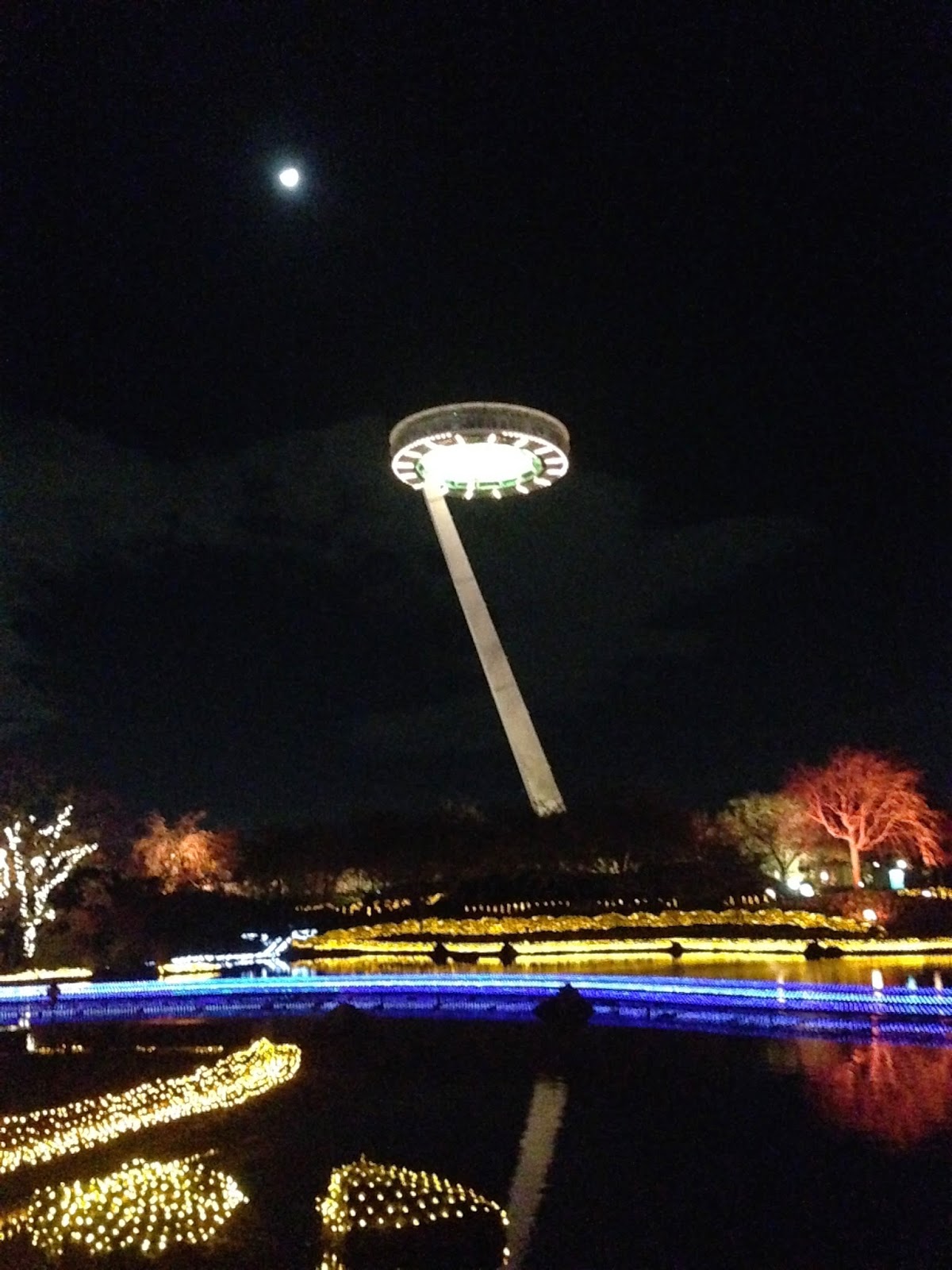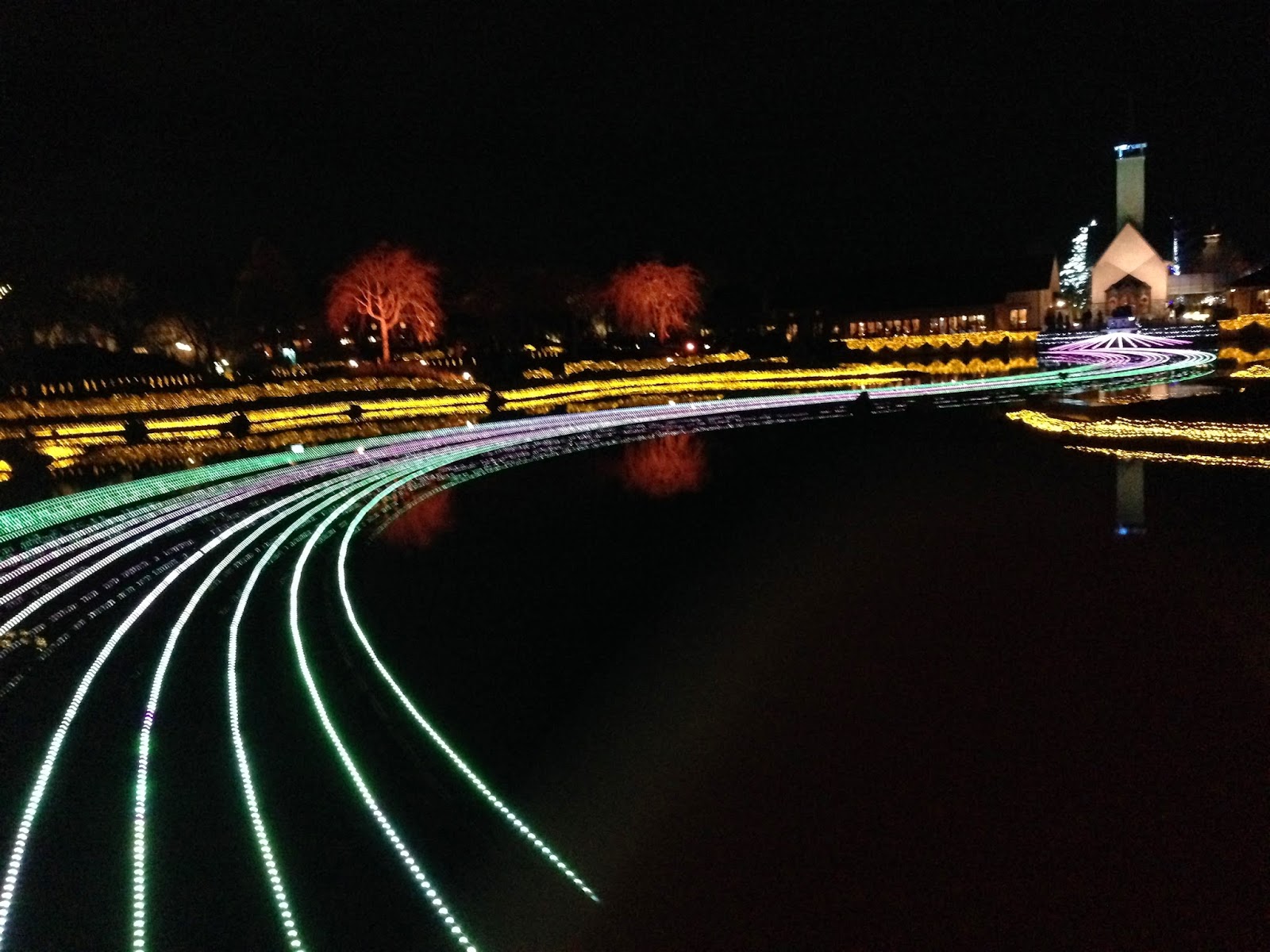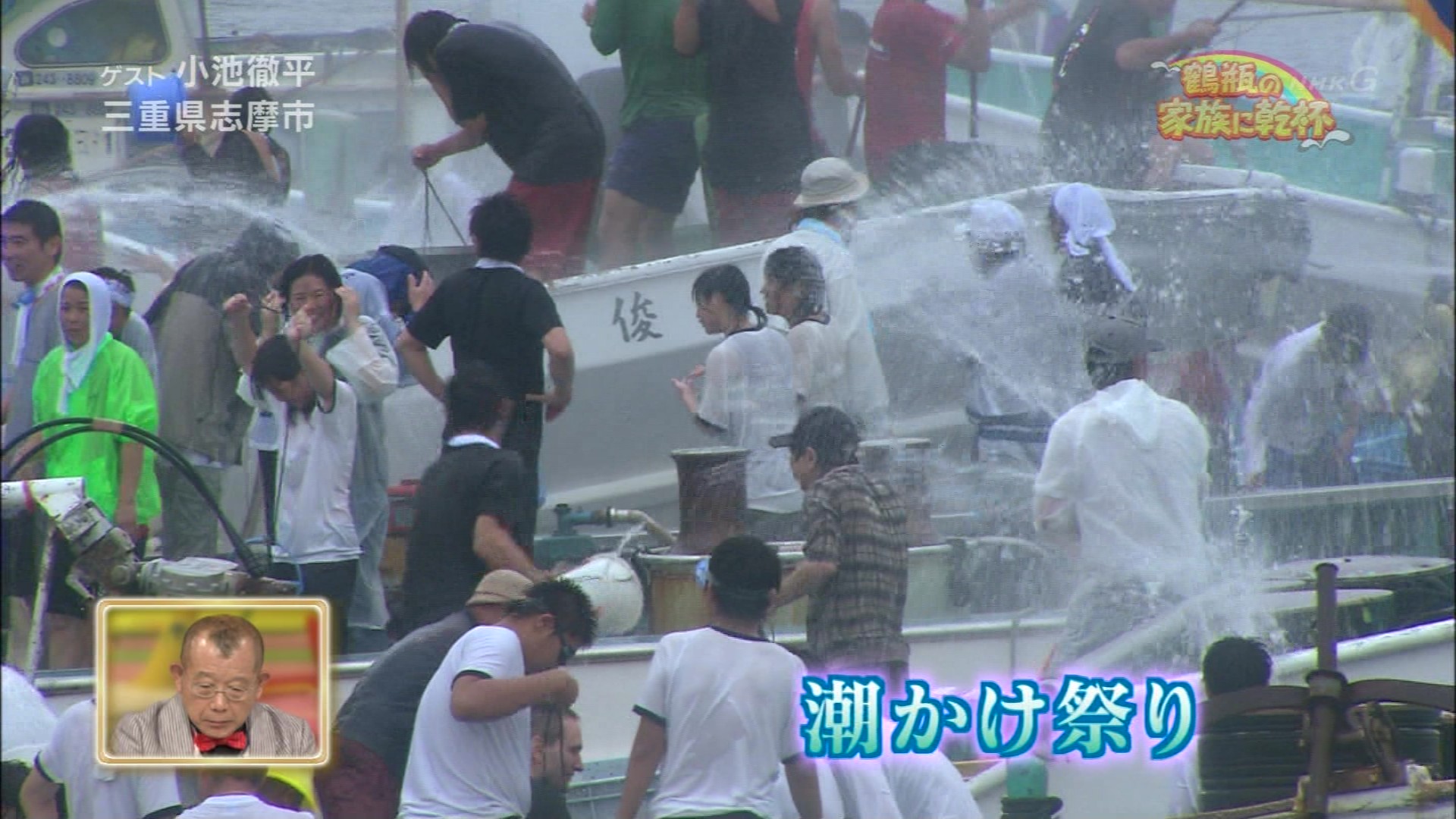Before I came to live here in Shima-shi, I perused the city's website and found a list of festivals (matsuri) held in the area. One of the more intriguing matsuri was the Water Fight Festival. I didn't know when, but I knew that before I left this place I must, MUST, attend.
Today, my brethren,...
...was that day.
And today....
was AWESOME!!!!
I'm not trying to deceive you all, readers; this matsuri is just what it sounds like. You go for the very purpose of dousing everyone within range with salt water! You throw water when you are on shore or on boats at people on shore, on other boats, and on YOUR boat even. For maximum wetness, you can throw your friends (who haven't been drinking -safety first, Japan) into the ocean or you can bring the ocean to your friends using hoses, buckets, water guns, or small pink elephant watering cans - anything and everything is allowed during this fight!
But, Alexandra, the Japanese are always so polite and well mannered.
Okay, one, stereotypically-minded person, please watch some of the recent World Cup soccer footage to see Japanese people letting loose and making noise. They are allowed to have their crazy days! Second, maybe being seen as "so proper" gets old and they need to let their hair down, no? Or maybe the idea that the Japanese are always straight-laced is merely the perpetuation of a racist archetype, yeah? They are humans and like fun just as much as the next person.
Surely this is a new event made by a more wild and rambunctious generation.
Guess again, friend! This tradition has been around for almost 800 years! How do you like them ocean apples? (p.s. Ocean apples aren't real. I think...)
 |
A picture of the mini-shrine area for the purification
ceremony this year. (photo by me) |
The matsuri started like many others, based in Shinto beliefs that the gods (mighty and mild) inhabit all of the world surrounding us and that seeking their good graces would help in different aspects of life. This area is known for fishing and aquatic activities, so the fun-loving people of the past would hold a ceremony wishing for the safety of their boats and fishermen as well as for bountiful catches of fish and sea creatures. This was performed on the dock and the small shrine was then taken on a boat out to sea, then brought back again as a way to purify and bless the area over which it sailed. The same idea applies for the parading of a small alter or mikoshi up and down the city streets during other matsuri.
 |
Carrying the mikoshi to the ceremony area.
(photo by me) |
What makes this festival so exciting is that on the return trip, the water fight begins! The blessed waters are hurled and splashed upon participants in the water-born parade. When the main mikoshi ship gives the signal, everyone who is up for a good time, lets loose salt-water assaults on the closest person. Sending a barrage of water on the Shinto priests and helpers was particularly fun. One ship even had a stock of water balloons in the crows nest. Good thinking!
Okay, I'll admit, this sounds pretty fun. So how on earth did you get to join this?
Ummmm, I asked, silly. The people out in this area are so friendly and very open to helping people who are kind and respectful in return.
 |
The shrine boat getting ready to take off.
(photo by me) |
Full story please.
So, here's how it happened.
I missed the festival last year because it was held on a week day and I was at work. This was back when I was only three months into my new job and I wasn't allowed to take time off with pay. Instead of taking unpaid vacation, I just figured that I'd go to the matsuri at night and douse people with water then. Turns out that isn't how things are done in Wagu (a town in the southern part of Shima-shi). The Water Fight is only in the morning and the party just goes on all day. Once I figured this out, I vowed to do it right the next year!
Only, well, I kinda forgot until yesterday. The ladies at the elementary school at which I was teaching were complaining about how it was the next day, and I went into panic-regret-wishful-thinking mood and emailed my company about taking tomorrow off. Usually, we are told that 5 business days are required, but because my middle schoolers are taking exams right now, I wasn't needed for classes at all anyway. But luck was on my side (as well as a very skilled and polite team of Nagoya staff members), and the schools let me go today!
 |
I was driving (and stopping and driving and stopping) behind
the elementary school marching band then whole while.
(photo by me when parked during the parade) |
As I was driving to the festival, I stopped at a Family Mart convenience store where the ladies assured me that even with some rain (the weather was looking kind of cloudy), the festival would still be on - the whole point is to get wet, right? Then, once I arrived in Wagu, a policeman asked if I was going somewhere in a hurry. I was doing great on time, so I replied "no" and he asked me to get in line behind the other cars. We were going at a snails pace and people were lined up on the street watching us go by. Now, Wagu is a pretty small town, so having this many cars come by WOULD be reason enough to bring people out to watch, but I kept hearing some music. More and more cars in front of me turned down side streets or into parking spaces, and I realized that the closer I moved up in line, the stronger the noise was; I was driving behind a parade! The elementary students were marching down the streets (they later gave a standing performance on the docks) and we were slowly brining up the rear of the show.
 |
Flying the colors. All two of them.
(photo by me) |
Fast forward to the part where the Shinto ceremony is happening and I spot a bunch of people heading towards the boats. Not wanting to be left on shore, I went to the nearest one and asked in Japanese if I could ride along. They were so happy that I had picked their ship, that not only did they let me join, but they also gave me free coffee, watermelon, and two cooked sazae (turban shells, easily $15 of shellfish stateside). It turns out that when he was younger, the ship's captain was a tuna fisherman and traveled all over the world. He went from Japan to Singapore, Australia to Cape Town, and Argentina to Mexico and back again. After that story, I felt very safe on the boat. We all sat and talked about where everyone was from and how often they've participated in the matsuri, what I should and shouldn't bring, and where to hid my towel during the water fight. They pointed out the flying fish to me (these fish were going for meters and meters!) and let me know when it was time for everything to start.
And then we had AT it! These guys were chucking water and hosing down ANYone who came near us. They had no problem splashing each other, pouring water down their friend's backs, or crawling all over the ship to get a better attack position. Their favorite trick was to distract one guy and have another one get him from behind or from another direction. They were laughing and playing as hard as any of my elementary students. The ship also had a hose which got much farther reach than any of our water splashing did. A grand total of 15 boats loaded down with people of all ages cheering and screaming, laughing and splashing were out on the water. Run out of amo? Just throw your bucket into the ocean and pull it up by the rope, but make sure that it doesn't pull you in! The captain drove the boat around so that we could fight all the other ships. Kids on the other boats would call out "Hello!", "Thank you!", or "You are beautiful" when they saw me. I tried my best to splash everyone, but I think I got much more water thrown at me than I did at anyone else. My arms are definitely going to feel this work out later on tonight.
The whole water fight ended before noon, so I was able to dry off a bit, drive back and enjoy lunch after a warm shower. Oh, I ran into my buddy from the cable company who asked me for another interview. I was coming down from a water fight high, so I spoke pretty quickly and I know that I made a lot of grammatical mistakes, but if I can find the video that he took, I'll put it on for you all.
 |
Everyone eagerly waiting for things to get underway.
(photo by me) |
 |
The boats that are decorated were the ones that would
participate. The winds and waves were kind of strong
so the smaller boats were advised to stay back.
(photo by me) |
 |
Thank you to this fine crew for letting me onboard for the day!
(photo by me after the water fight) |
 |
Myself and fellow combatants for the day. All very nice men from
Gifu, the prefecture to our north.
(photo by a friend) |
The Japanese link for the festival can be found
here.
















